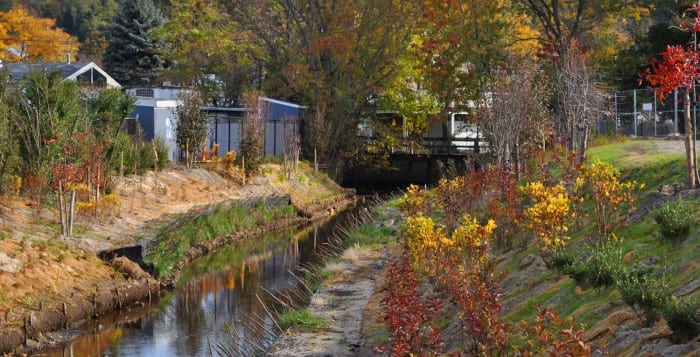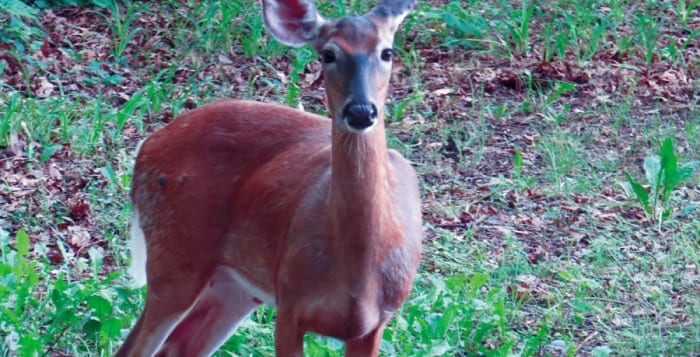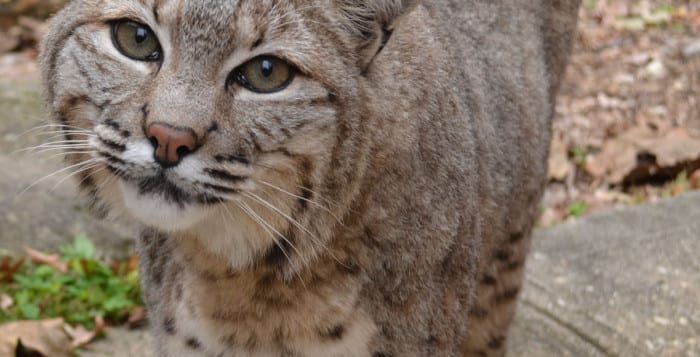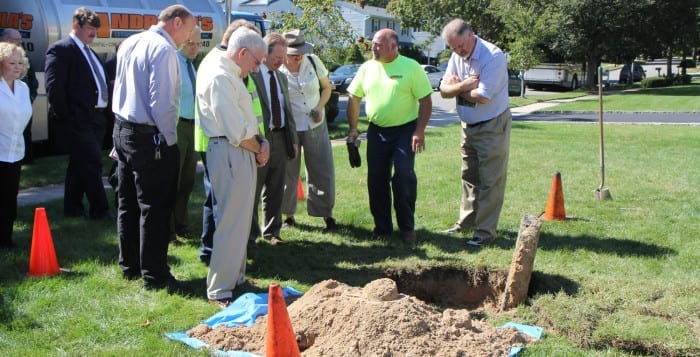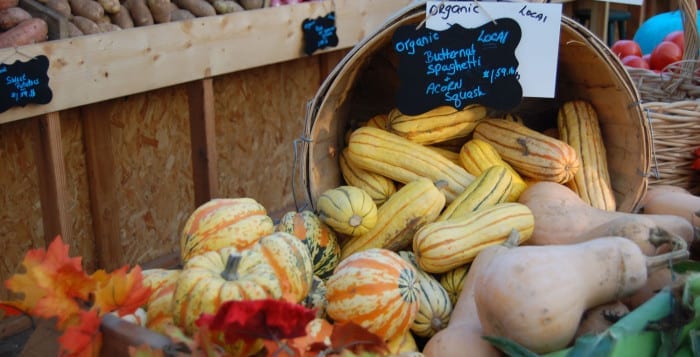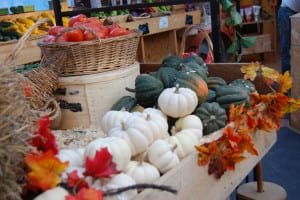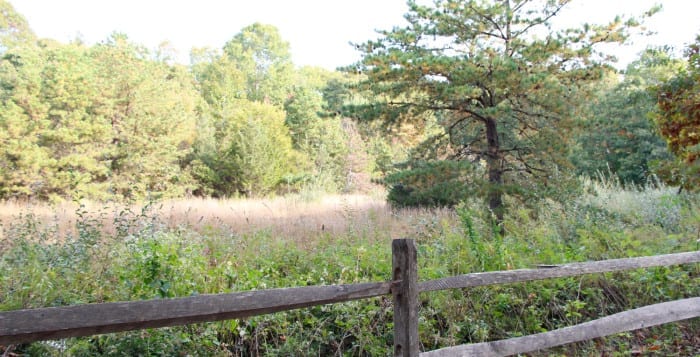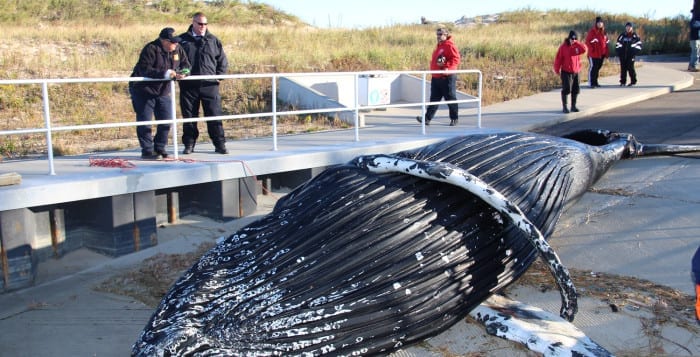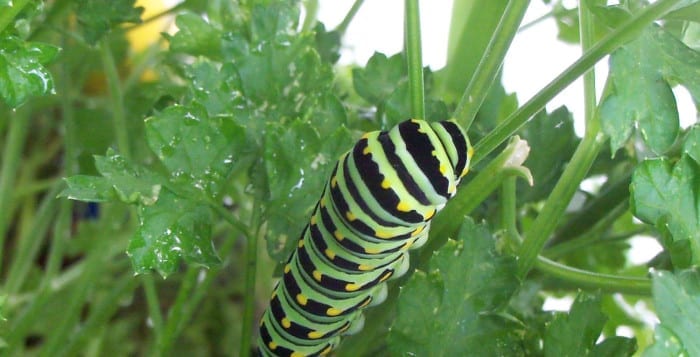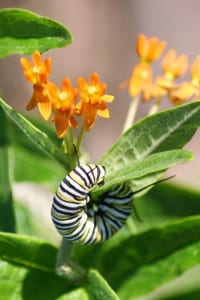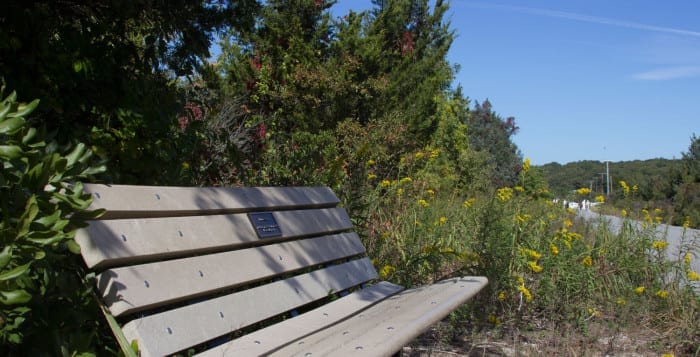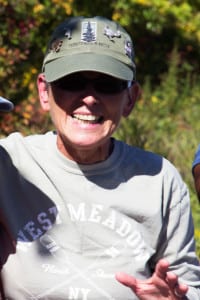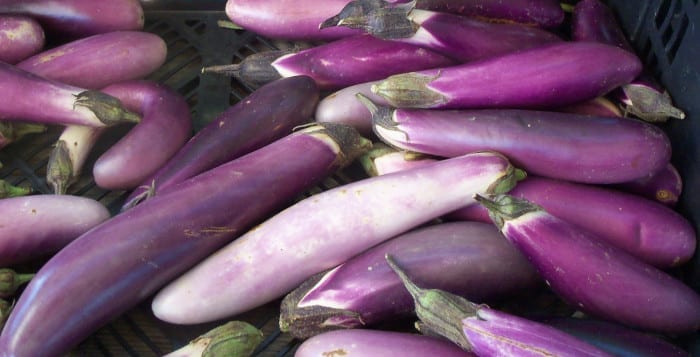By Elana Glowatz
Old Mill Creek is almost back to its old self.
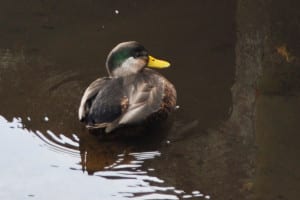
Restoration work on the troubled waterway in downtown Port Jefferson is nearing completion, and its look has drastically changed. Previously choked with vegetation, the sloped banks of Old Mill Creek have been cleared out and replaced with native freshwater plants, and Holbrook-based contractor G & M Earth Moving Inc. has added rock supports.
“These are the exact type of plants that belong along a freshwater stream like this,” village Trustee Bruce D’Abramo said in a phone interview Tuesday. “It’s going to be very interesting to see what it looks like next spring.”
The project, which began earlier this year, is geared toward improving water quality in the creek, which discharges into Port Jefferson Harbor. Work included removing built-up sediment that was impeding water flow; installing water filters; and repairing a blocked pipe that channels the creek underneath Barnum Avenue but in recent years had caused flooding during high tides and storms.
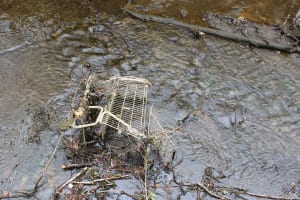
Water quality is important at Old Mill Creek because it affects the health of the harbor. But over the years the creek has been battered by invasive plants, flooding and pollution. The former Lawrence Aviation Industries, an aircraft-parts manufacturer in Port Jefferson Station, was the site of illegal dumping for many years and the hazardous chemicals traveled down-gradient through the soil and groundwater, with some of it seeping into Old Mill Creek.
The village’s restoration project includes filtration, and D’Abramo said one of the final steps to completing the work is installing a catch basin along Barnum Avenue to collect stormwater runoff before it rushes into the waterway.
Old Mill Creek starts on the west side of the village, near Longfellow Lane and Brook Road, passes the Caroline Avenue ball field and streams under Barnum. When it emerges on the other side, it goes past Village Hall and turns north, running under West Broadway and into the harbor.
D’Abramo expects the restoration to be completed before the end of this year. In addition to installing the catch basin, the contractor is also replacing a brick walkway along the side of the creek.

